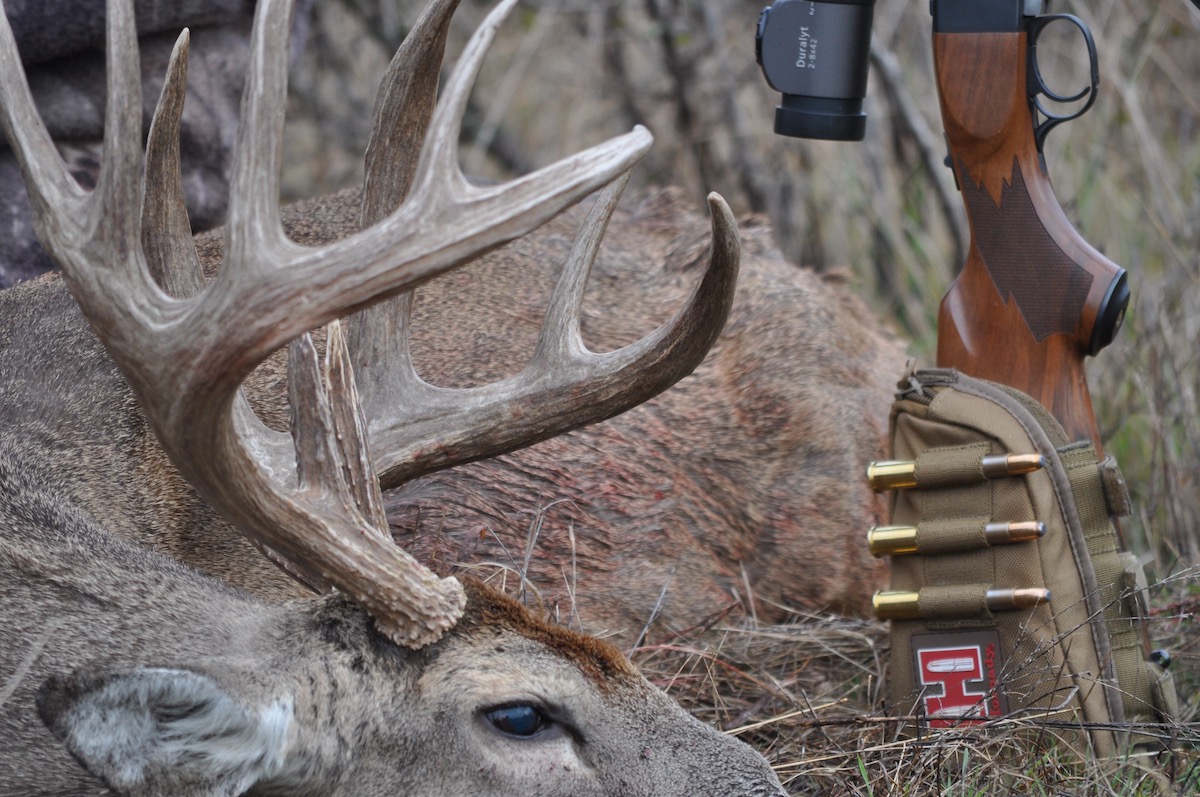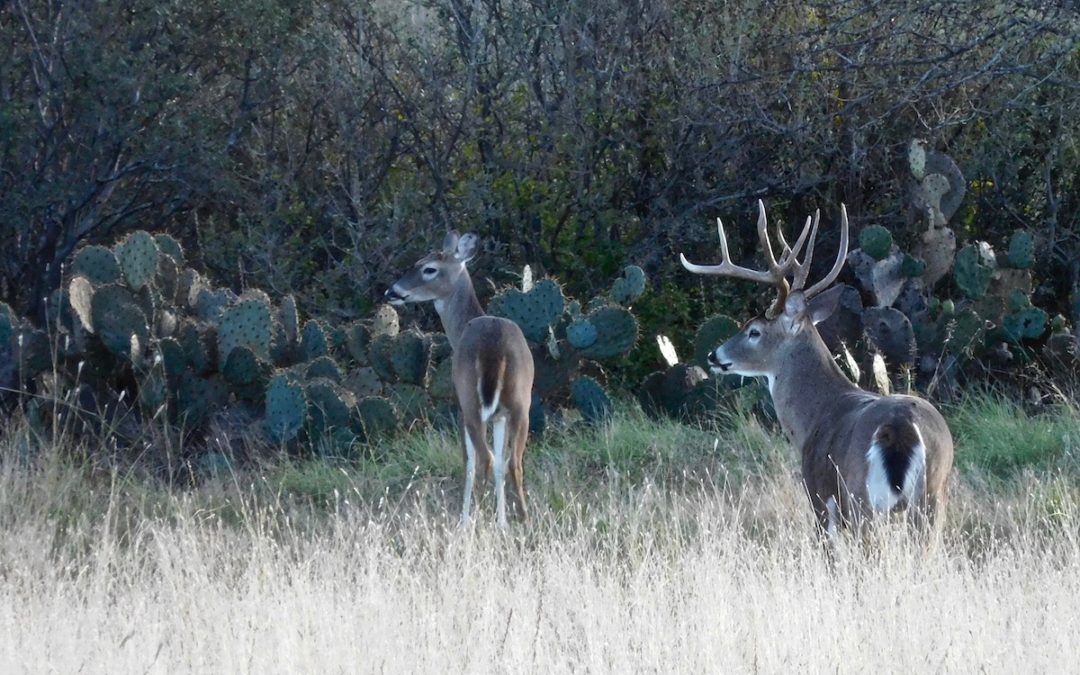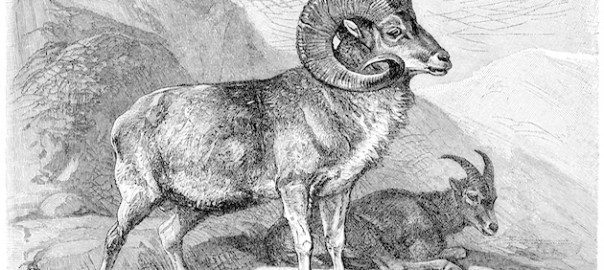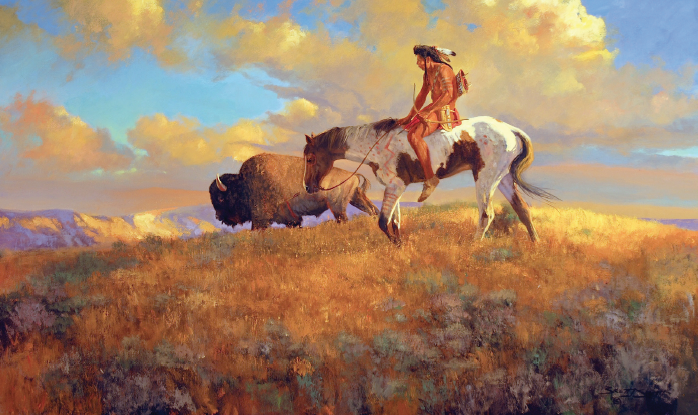A: What you described, I have seen happen many times. However, I think the results you are seeing and describe are due to several factors; change in buck-to-doe ratio, reduction in overall deer populations resulting in more quality “feed” on a daily basis and bucks getting older.
Buck-to-doe ratios can have an effect on antler development. The wider the buck to doe ratio, say 1 buck per 6 to 10 or more does, the longer the breeding season goes on. Does can come into estrus seven times. If a doe is not “settled” during her first estrus, she will come into heat again 28 days later. In wide buck-to-doe ratios it may take the bucks a longer time to breed all the does, thus bucks tend to get run down and stay that way for a longer period of time. Bucks in wide buck-to-doe ratios compared to narrower ratios tend to lose more weight and body condition during the rut. Where the breeding goes on for a longer period of time, bucks cannot “repair” as quickly as where buck-to-doe ratios are narrower. Since body takes precedence over antlers, the following year’s antlers are not necessarily going to improve or get that much bigger, even though the buck is a year older. Too, in wider buck-to-doe ratio areas, bucks are generally harvested before they reach body maturity, 3 years and older. The fact that the buck-to-doe ratio is wide indicates a heavy buck harvest.
Seeing 20 deer in an afternoon’s hunt indicates to me, too, the population is too high in terms of numbers for what the area can support to produce bodies and antlers the deer in the area may be genetically capable of doing.
There may seemingly be sufficient forage and mast for the high deer density, but the quality in the forage may not be what it could be. Key browse species may have had all but disappeared in spite of the area appearing to be “green” and providing all the deer desire and need for big bodies and antlers. All that is green is not good deer food! Acorns are an energy food because of fats and carbohydrates they provide. However, in the area you describe, during the late fall and winter needed protein levels may be extremely low.

By putting pressure on the does and taking it off somewhat of the bucks, it narrows the buck to doe ratio. As a result, the length of the active rut likely decreased. Bucks did not chase does for extremely long times. They came out of the rut in bettered body condition, that, too, helped improve antler development.
Years ago I was involved in research regarding deer nutrition. In Texas, we shot deer every other month on numerous types of habitat, including areas that are similar in vegetation to what you have in Virginia. During the spring and early summer, protein levels in their rumen could easily be in excess 25 percent. During the summer, the levels dropped to about 8 to 10 percent, pretty much the same during the fall. During winter, even though energy levels were high due to mast crops, the protein level was often between 4 percent or lower. Thus, deer in those area were on diets of “high peaks and low valleys.”
Areas that produced the best antlers had protein levels that were on a straight line throughout the year, 16 to 18 percent, with “no peaks or valleys.”
When you and your group “hammered” the does, you did numerous things. First of all, you “reduced the total mouths to feed.” Fewer deer on the range allowed recovery of key deer browse species providing more quality forage on a daily basis compared to when the population was high. There was less competition for food. In essence, you created straighter line nutrition on a daily basis, and the deer greatly benefitted growing bigger bodies and larger antlers.
By putting pressure on and removing does, you decreased the pressure not only on browse, increasing and providing more quality food for those deer remaining, but you also likely shot fewer bucks, giving bucks the opportunity to get a year older in the presence of increased daily nutrition. By putting pressure on the does and taking it off somewhat of the bucks, you narrowed the buck to doe ratio. As a result, the length of the active rut likely decreased. Bucks did not chase does for extremely long times. They came out of the rut in bettered body condition, that, too, helped improve antler development.
Regarding breeding bucks…. Interestingly, recently there was a research project conducted in the southeast to determine if does prefer bucks with bigger or smaller antlers. It seems some does do indeed prefer bucks with bigger antlers when she has the choice. But bucks with big antlers are not necessarily dominant bucks in the area. Quite often, bucks with the biggest antlers tend not to be fighters. They may only do a limited amount of breeding, and some may not even breed a doe. Consider, too, in a narrow buck-to-doe ratio area, there is one buck to every two or three does. And, most of the breeding is generally done by two- to three-year-olds. Chances are pretty good any one buck will likely breed no more that two or three does, if that many!

Areas that produced the best antlers had protein levels that were on a straight line throughout the year, 16 to 18 percent, with “no peaks or valleys.”
Regarding buck-to-doe ratios, years ago when working as a wildlife biologist in South Texas I had on occasion the opportunity to conduct deer surveys on huge ranches in excess of 100,000 acres that allowed no hunting. Within the interior of those ranches, the buck to doe ratio was 1 buck to every 1.5 does, which likely is what the ratio would be naturally.
In looking at sex ratios of fawns over a long period of years, the ratio is 50 percent does and 50 percent bucks. But, in an individual year there may be more bucks born than does and other years just the opposite. What we found on several ranches was, if the does were nutritionally stressed during the fall, they tended to produce more buck fawns the following year. Conversely, if the does were in top body condition going into the breeding season, the following year there tended to be more doe fawns born. Unfortunately, buck mortality is usually higher than doe mortality, especially in six-month-old to yearling deer. This explains why a natural buck to doe ratio in non-hunted areas is 1 buck to every 1.5 does.
Going back to you question, buck-to-doe ratios are indeed one of the causative agents for what you described, but perhaps bit differently than what you suggested.

As a wildlife biologist, Larry Weishuhn established quality wildlife management programs on approximately 12,000,000 across North America with emphasis on habitat and animal populations. As a writer, he has served on staff on numerous publications in hunting, shooting and wildlife management and has long been involved with the highest quality outdoor television productions.




